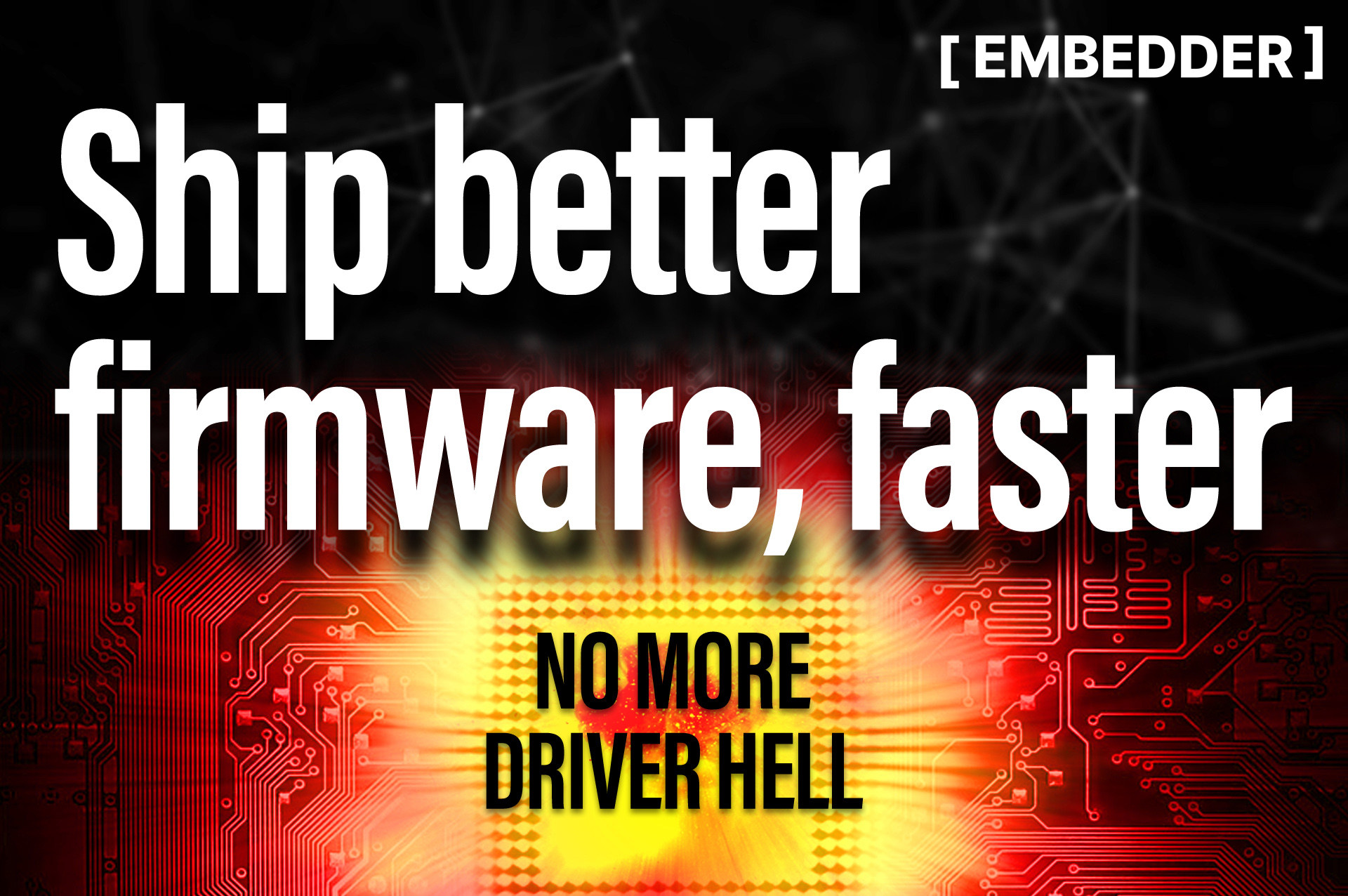Products
Solutions
Published
26 August 2025
Written by Harry Forster
There’s always been a gap between the pace of hardware design and the grind of low-level driver development. For decades, embedded engineers have spent countless hours buried in datasheets, setting register values, and testing driver code on physical boards. It’s essential work, but hardly the most creative part of product design. That’s where AI hardware driver automation is beginning to change the game, and few companies embody this shift more clearly than Embedder.
Instead of relying on generic coding assistants that often hallucinate their way through APIs, Embedder’s tool ingests the actual datasheets and hardware documentation for your chosen microcontroller and peripherals. That gives the AI the necessary context to generate working drivers rather than placeholder code. For an engineer trying to bring up a new sensor, this means the difference between hours of manual setup and a near-instant verified routine. The real innovation is how AI hardware driver automation pairs information access with the ability to build, flash, and test code directly on target hardware.
Traditionally, automated code tools ended at the text editor. They could suggest functions, but they had no idea whether those functions worked once compiled. Embedder closes that loop by configuring your project’s build environment and debug interfaces into its workflow. The system can write a driver, flash it to an MCU, observe the behaviour over serial or GDB, and automatically refactor until the output matches expectations. This practical integration is why engineers are calling AI hardware driver automation more than a gimmick — it actually saves time during bring-up and debugging.
Compatibility is another major strength. Whether you’re running modern Arm-based MCUs or older platforms like AVR and PIC, the tool scales with whatever documentation you provide. That makes it appealing for startups and established companies alike, as many product teams juggle legacy devices alongside cutting-edge parts. With customers already building UAV flight controllers, IoT cameras, and even smartwatch hardware, Embedder is showing how AI hardware driver automation can slip into real development pipelines without massive retooling.
Perhaps the most striking part is adoption speed. Over twenty companies signed on within weeks of launch, with engineers reporting faster turnaround compared to older cloud-based coding tools. For teams under pressure to get prototypes out the door, shaving weeks off driver development is a huge win. That’s why AI hardware driver automation isn’t just about convenience — it’s becoming a competitive edge in an industry where time-to-market matters as much as technical precision.
In the end, engineers will always need to understand their systems at a deep level. But by offloading repetitive and error-prone driver coding to AI, Embedder frees them to focus on architecture, optimisation, and innovation. That’s the real promise of AI hardware driver automation: not replacing embedded engineers, but amplifying their abilities so they can spend more time solving the problems that really matter.
Comments are closed.

Comments
No comments yet